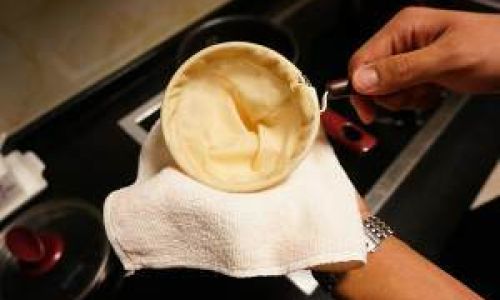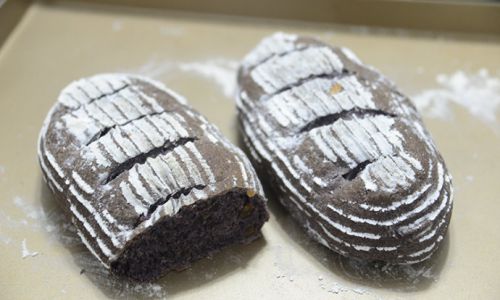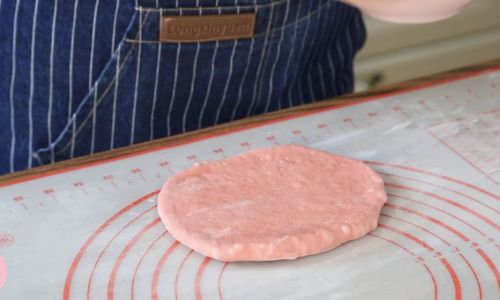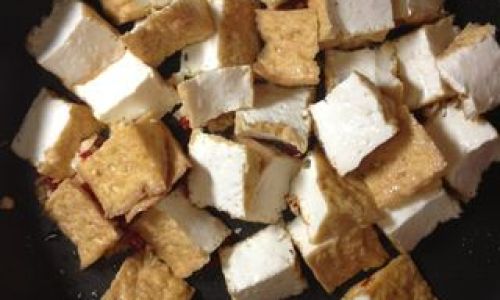Table of content
Introduction
Coffee, a beverage cherished worldwide for its aroma, flavor, and the warmth it brings to our mornings, has evolved through various brewing methods over centuries. From the intricate art of espresso making to the simplicity of drip coffee, each technique offers a unique experience. Among these, brewing coffee using a pot stands out as a timeless, classic method that many coffee enthusiasts still swear by. Whether you’re a seasoned barista or a beginner exploring the world of coffee, understanding how to brew coffee using a pot can add a touch of nostalgia and authenticity to your morning routine.
This comprehensive guide delves into the art of brewing coffee with coffee powder in a pot, exploring the history, equipment, steps, tips, and variations that make this method so special. By the end, you’ll be equipped with the knowledge and skills to create a perfect pot of coffee that’s as rich in tradition as it is in taste.
The History of Pot-Brewed Coffee
The history of pot-brewed coffee dates back centuries, with various cultures developing their unique brewing techniques. Early civilizations, such as those in Ethiopia and Yemen, used simple methods involving boiling ground coffee beans in water. As trade routes expanded, these practices spread, evolving into more refined techniques.
In Europe, particularly in countries like France and Italy, pot-brewed coffee became a staple in homes and cafes. The French press, also known as a cafetière, emerged as a popular method in the early 20th century, allowing for a more controlled extraction of coffee oils and flavors. Meanwhile, the Italian stovetop espresso maker, known as a moka pot, revolutionized coffee brewing by creating a concentrated, bold cup of coffee under pressure.
These historical developments have shaped the pot-brewing methods we know today, each with its own unique charm and flavor profile.

Equipment Needed for Pot-Brewed Coffee
Before diving into the brewing process, it’s essential to gather the necessary equipment. Here’s a list of what you’ll need:
-
Coffee Pot: This can be a French press, moka pot, or any other pot designed for brewing coffee. Each type has its own set of instructions and characteristics, so choose one that aligns with your preferred brewing style.
-
Coffee Grinder: Freshly ground coffee beans are crucial for the best flavor. A good coffee grinder ensures consistent grind size, which affects extraction time and coffee strength.
-
Coffee Beans: Choose high-quality beans that suit your taste preferences. Arabica beans are generally smoother and sweeter, while Robusta beans offer a stronger, more robust flavor.
-
Measuring Scoop or Scale: Accurate measurement of coffee powder is key to achieving a balanced brew. A scoop or scale helps ensure consistent ratios.
-
Kettle: A good kettle allows you to bring water to the exact temperature needed for brewing, which is typically around 195-205°F (90-96°C) for most methods.
-
Timer: A timer can be helpful for monitoring brewing times, especially when using methods like the moka pot.
-
Filter (if needed): Some pots, like the French press, don’t require additional filters. However, if you’re using a pour-over method with a pot, you’ll need paper or reusable filters.
-
Stirring Utensil: A spoon or whisk is useful for mixing coffee grounds and water evenly before brewing.
-
Mugs or Cups: Finally, don’t forget your favorite mugs or cups to serve the freshly brewed coffee.
Steps to Brew Coffee Using a Pot
Now that you have your equipment ready, let’s dive into the brewing process. We’ll cover three popular pot-brewing methods: French press, moka pot, and pour-over.
French Press Method
-
Grind the Beans: Start by grinding your coffee beans to a medium grind. This grind size allows for a balanced extraction.
-
Boil Water: Bring your water to a temperature of around 195-205°F (90-96°C). Pour a small amount of hot water into your French press to preheat it, then discard the water.
-
Add Coffee Grounds: Measure the desired amount of coffee grounds (typically 2 tablespoons per 6 ounces of water) and place them in the bottom of the French press.
-
Pour Water: Pour hot water over the coffee grounds slowly, stirring gently with a spoon to ensure all grounds are saturated.
-
Steep: Allow the coffee to steep for 4 minutes. The exact steeping time can vary based on your taste preferences; a longer steep will result in a stronger brew.
-
Press: Gently press down the plunger to separate the grounds from the coffee. Pour the coffee into your mugs and enjoy.
Moka Pot Method
-
Grind the Beans: Grind your coffee beans to a fine grind, similar to the texture of sand.
-
Fill the Basket: Fill the filter basket of your moka pot with the ground coffee, ensuring it’s level and not packed too tightly.
-
Add Water: Pour cold water into the bottom chamber of the moka pot up to the fill line indicated.

-
Assemble the Pot: Screw the top chamber (with the filter basket) onto the bottom chamber tightly. Place the moka pot on the stove over medium-low heat.
-
Wait for Pressure: As the water heats, it will create steam and pressure, forcing the coffee up through the grounds and into the top chamber. This process takes about 5-7 minutes.
-
Serve: Once the coffee stops bubbling out of the spout, remove the moka pot from the heat. Pour the coffee into your mugs and enjoy your espresso-style brew.
Pour-Over Method (Using a Pot)
-
Grind the Beans: Grind your coffee beans to a medium-fine grind.
-
Boil Water: Bring your water to a temperature of around 200°F (93°C). Preheat your pour-over pot and mug with hot water, then discard.
-
Place Filter: Place a paper or reusable filter in your pour-over pot and rinse it with a small amount of hot water to remove any paper taste and preheat the pot further.
-
Add Coffee Grounds: Measure the desired amount of coffee grounds (typically 1.5 tablespoons per 6 ounces of water) and place them in the filter.
-
Pour Water: Start pouring hot water over the grounds in a circular motion, starting from the center and working outwards. Pour slowly to ensure even saturation.
-
Control the Pour: Continue pouring in a slow, steady stream, allowing the water to drip through the grounds. Aim for a total brewing time of around 3-4 minutes.
-
Serve: Once all the water has passed through the grounds, remove the filter and pour the coffee into your mug. Enjoy your pour-over brew.
Tips for Perfect Pot-Brewed Coffee
-
Water Quality: Use fresh, filtered water for the best taste. Tap water can contain impurities that affect the flavor of your coffee.
-
Grind Consistency: Ensure your coffee beans are ground to the appropriate consistency for your chosen brewing method.
-
Temperature Control: Maintaining the correct water temperature is crucial for extracting the right flavors from the coffee grounds.
-
Ratio: Experiment with different coffee-to-water ratios to find what suits your taste preferences. A common starting point is 1-2 tablespoons of coffee per 6 ounces of water.
-
Cleanliness: Keep your brewing equipment clean to avoid stale flavors and ensure a fresh brew each time.
-
Freshness: Always use freshly roasted coffee beans for the best flavor. Stale beans can produce flat, uninteresting coffee.
Variations and Experimentation
Once you’ve mastered the basics of pot-brewed coffee, there are endless possibilities for experimentation and customization. Try adding spices like cinnamon or vanilla to your grounds for a unique flavor profile. Experiment with different brewing times and temperatures to see how they affect the taste. You can also incorporate milk or cream to create lattes or cappuccinos, or add a shot of espresso to your pot-brewed coffee for an extra kick.
Conclusion
Brewing coffee using a pot is not just a way to make a cup of Joe; it’s an art form that combines precision, patience, and a love for the bean. Whether you choose the simplicity of a French press, the boldness of a moka pot, or the elegance of a pour-over, each method offers a unique way to extract the rich, aromatic oils from coffee beans and create a memorable cup of coffee.
By following the steps outlined in this guide and embracing the tips for perfection, you’ll be well on your way to brewing pot-brewed coffee that’s as satisfying to make as it is to drink. So, the next time you wake up to the promise of a new day, consider starting it off with a pot of coffee, brewed with love and care, ready to warm your soul and invigorate your senses. Happy





0 comments